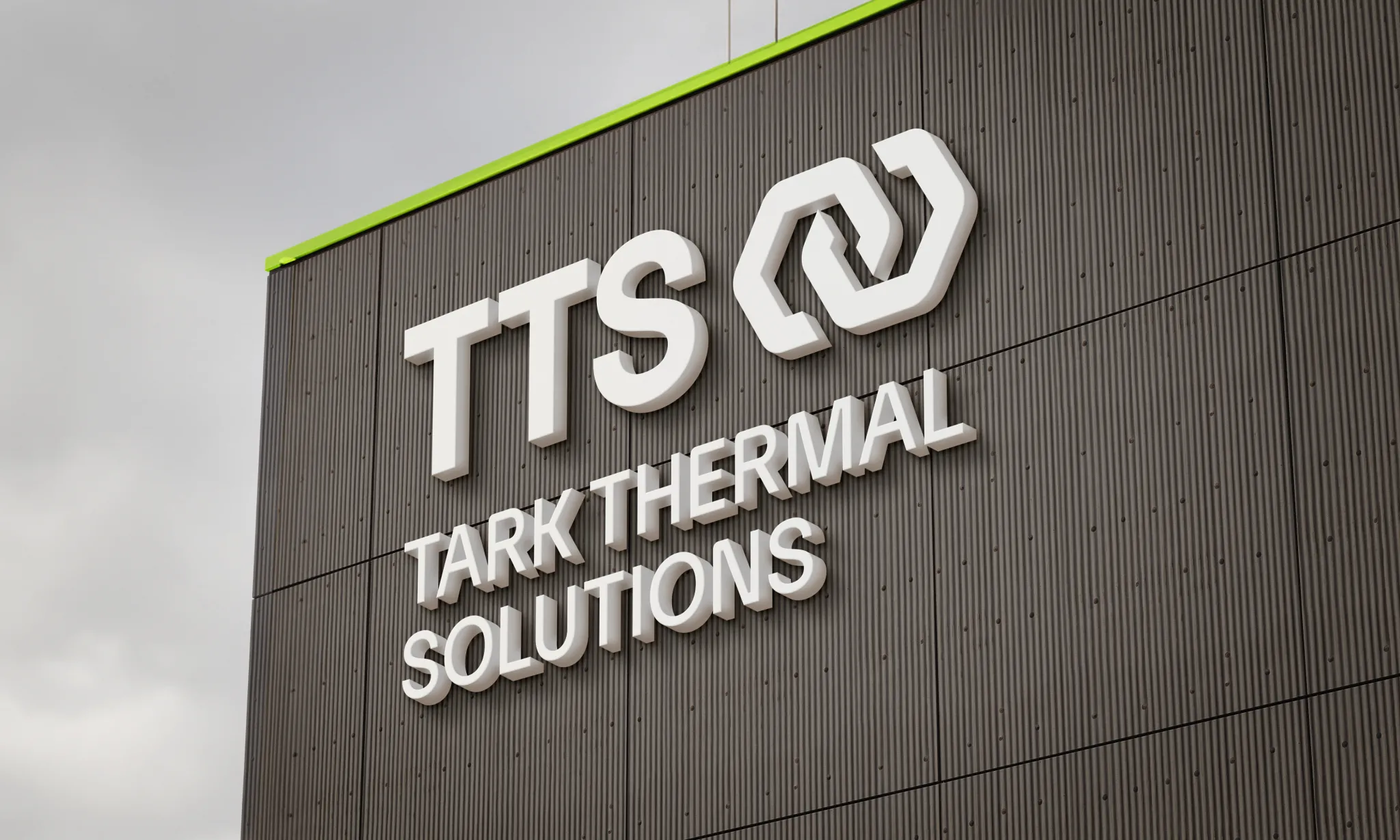Bi-directional Microcontrollers Monitor and Protect Medical Equipment
Introduction
Product innovations in medical diagnostic equipment and analytical instrumentation are primarily aimed at improving testing reliability to ensure repeatable results, decreasing equipment size, and reducing both equipment and procedural costs. Satisfying conflicting requirements of increased performance with lower power consumption and quieter operation in a compact design is a continuing challenge facing design engineers.
